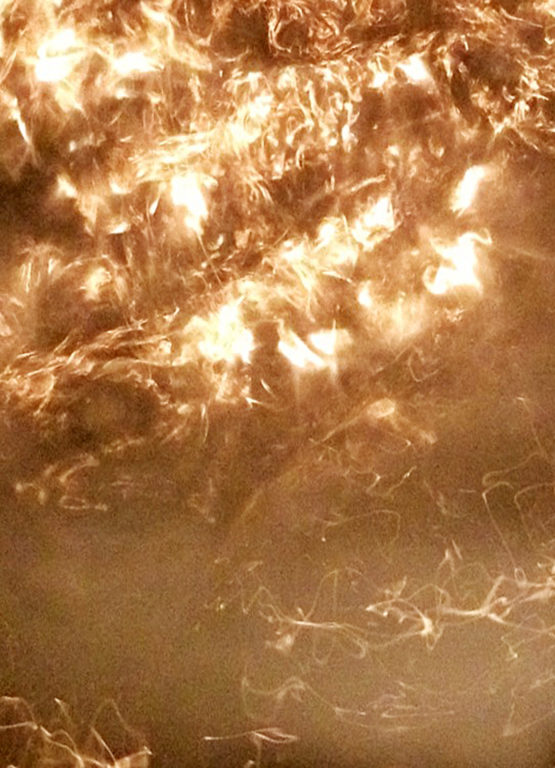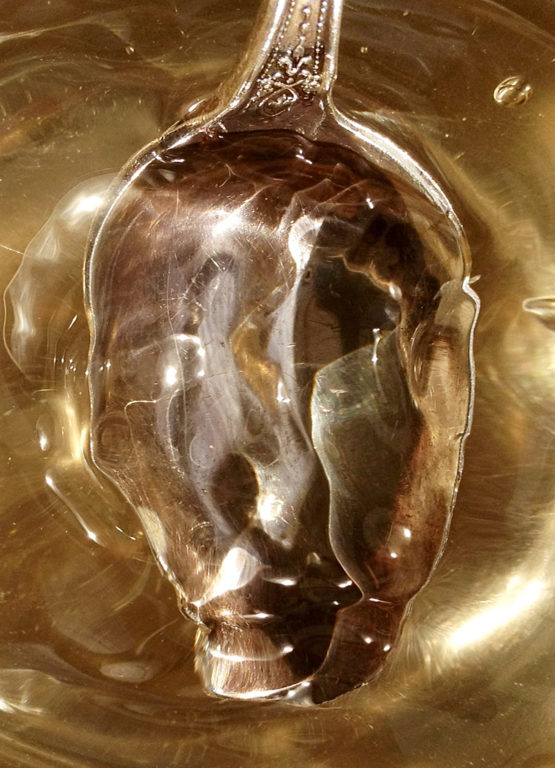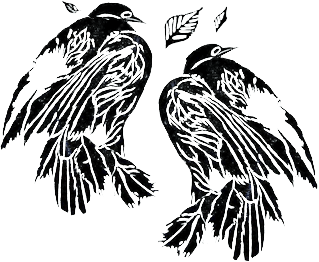
Among the Hidden Things
"I obtained the photographic images by stirring water around in a tiny bowl and photographing the interaction between sunlight and the moving water. These photographic images are primarily abstract with uncannily evocative figurative elements. The images are not manipulated. They result from the camera’s freezing of patterns in the water swirling too quickly for the naked eye to capture. In this sense, these images constitute a sort of optical unconscious, what surpasses our ability to see in the moment, but that is, nevertheless, there, as the photographic process reveals. However, what is “there” involves continual acts of interpretive perception on the part of viewers."

Aria

